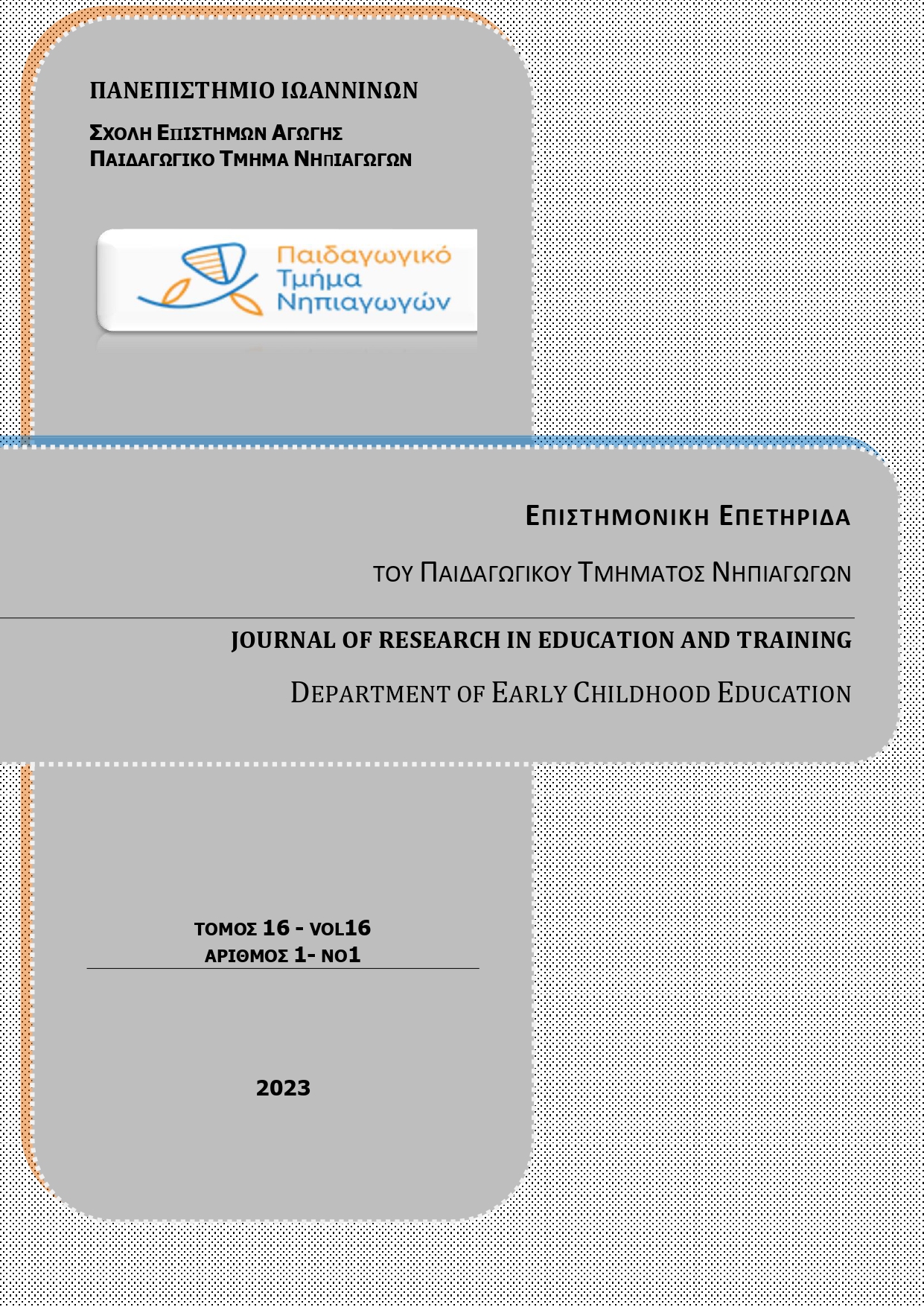Differentiated teaching and learning: Connecting research and teaching practice.

Abstract
Differentiation in teaching and learning is considered a basic dimension of effective teaching. It is a teaching approach that responds to learners’ needs, interests and skills through the instruction and implementation of multiple and qualitatively different learning environments. Rather than prioritising teacher-centred, knowledge transmission to perceived homogeneous classrooms, differentiated teaching strives to adopt alternative teaching practices that seeks to address heterogeneous classes, creating a positive learning environment for the active participation of students. The cultivation of learning motivations, the encouragement of substantial commitment to learning process, the promotion of autonomous action and the improvement of interaction between students, all are characteristics of differentiated teaching, which, we argue that can be reinforced by adopting the principles of Vygotsky’s sociocultural theory and instructional scaffolding. The purpose of this paper is to identify the importance of differentiation in teaching and learning, the conditions for their successful provision, the stages of differentiated instruction and implementation, as well as the articulation of a series of differentiated teaching practices, which teachers can choose from in order to meet the heterogeneous needs of students.
Article Details
- How to Cite
-
Μάρκογλου Α. (2023). Differentiated teaching and learning: Connecting research and teaching practice. Journal of Research in Education and Training, 16(1), 1–34. https://doi.org/10.12681/jret.30652
- Issue
- Vol. 16 No. 1 (2023):
- Section
- Articles

This work is licensed under a Creative Commons Attribution-NonCommercial-ShareAlike 4.0 International License.
Authors who publish with this journal agree to the following terms:
- Authors retain copyright and grant the journal right of first publication with the work simultaneously licensed under a Creative Commons Attribution Non-Commercial License that allows others to share the work with an acknowledgement of the work's authorship and initial publication in this journal.
- Authors are able to enter into separate, additional contractual arrangements for the non-exclusive distribution of the journal's published version of the work (e.g. post it to an institutional repository or publish it in a book), with an acknowledgement of its initial publication in this journal.
- Authors are permitted and encouraged to post their work online (preferably in institutional repositories or on their website) prior to and during the submission process, as it can lead to productive exchanges, as well as earlier and greater citation of published work (See The Effect of Open Access).


